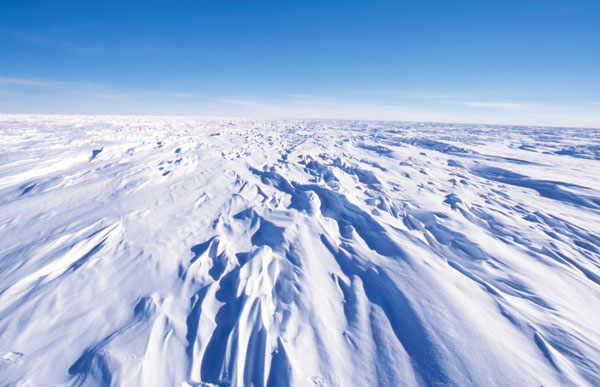Opposition Effect
A more descriptive name for this is Shadow Hiding. The brightness of a surface or area can be effected by the amount of shadow caused by texture or irrigularities which is visible. A common example is a well trimmed lawn. Looking at the shadow of your head, the anti solar point, it is common to see a brighning towards your head's shadow. Close to the shadow of your head, the shadow of individual blades of grass is hidden behind the brighly illuminated leaf. The further away from the shadow of your head the more of the leaf's shadow can be seen, reducing the overall brightness.
This effect is called the Opposition Effect because it is why the moon is brighter at full moon (at opposition) than expected by increased illuminated area. The brightness is enhanced by the shadows on the moon caused by the irregular terrain being hidden by the terrain.
Another example of Shadow Hiding can be seen perpendicular to the direction of the sun when the terrain has a regular structure aligned in this direction. An example of this can be seen on a flat snow surface with ridges, or sastrugi, caused by wind which consistently blows in one direction. The ridges caused by the wind are long and narrow oriented in a uniform single direction. When the sun's azimuth is perpendicular to the ridges (which happens twice a day during the South Pole summer) the surface is darker looking towards the sun due to the visible shadows, and brighter away from the sun due to the shadows being hidden by the sastrugi. Perpendicular to the direction of the sun there is a distinct transition in brighness.

Transition in brightness caused by shadow hiding of sastrugi at the South Pole.